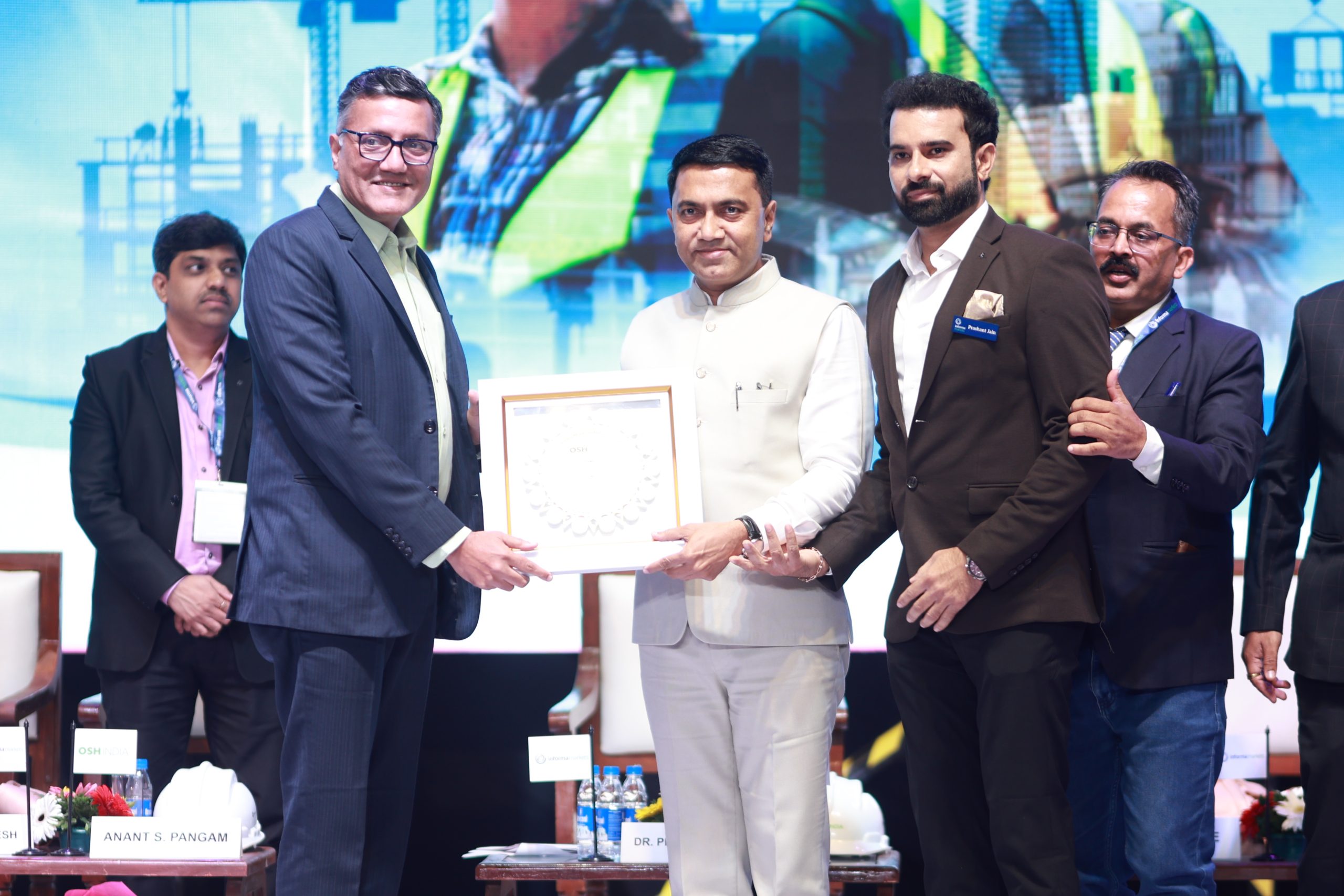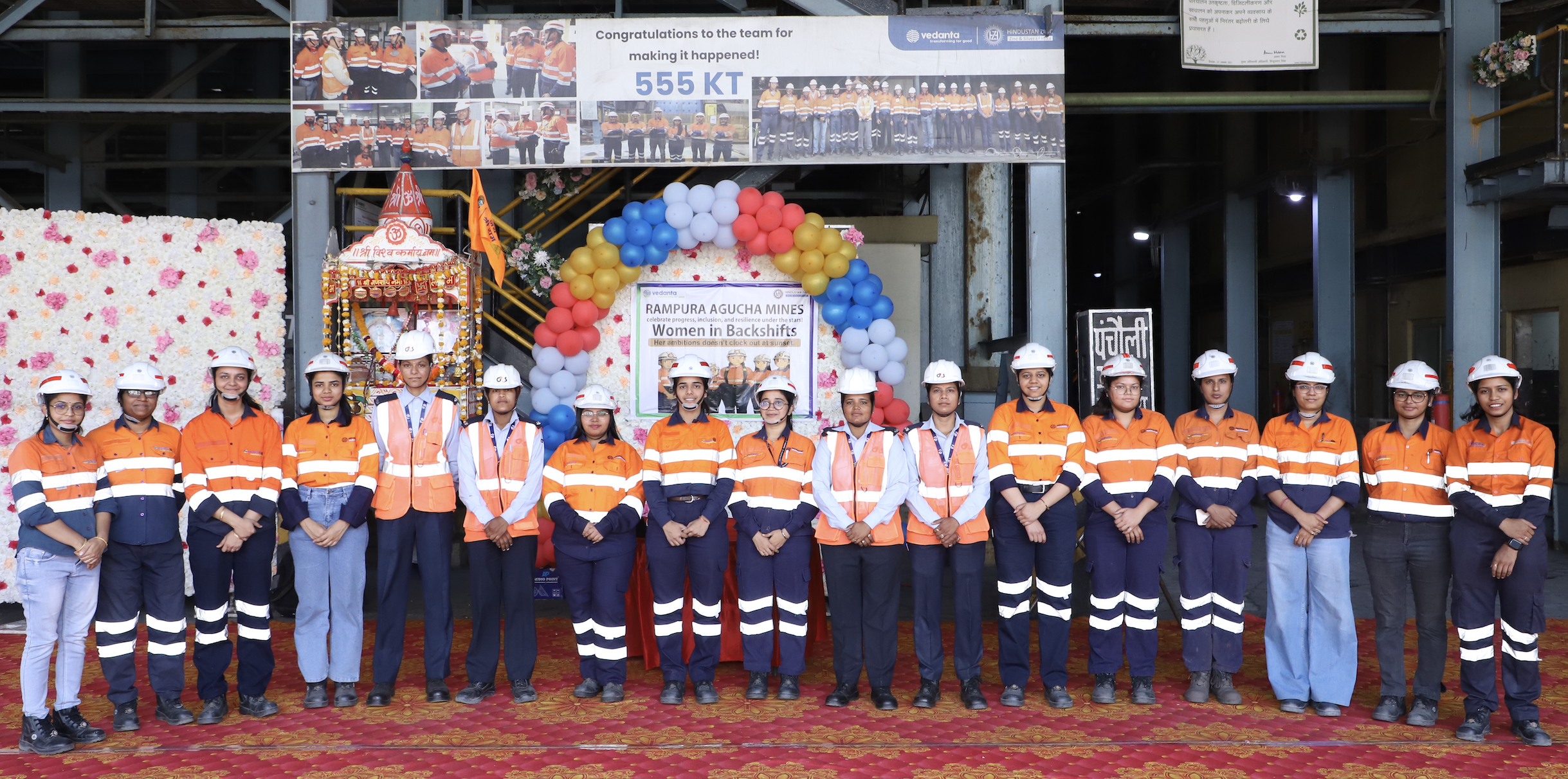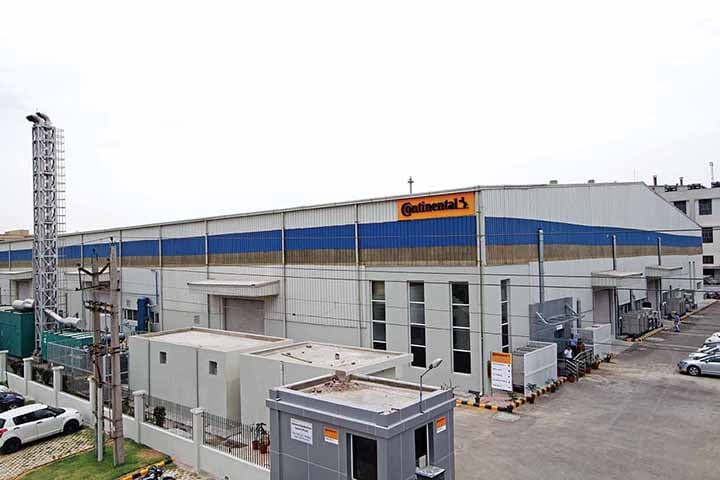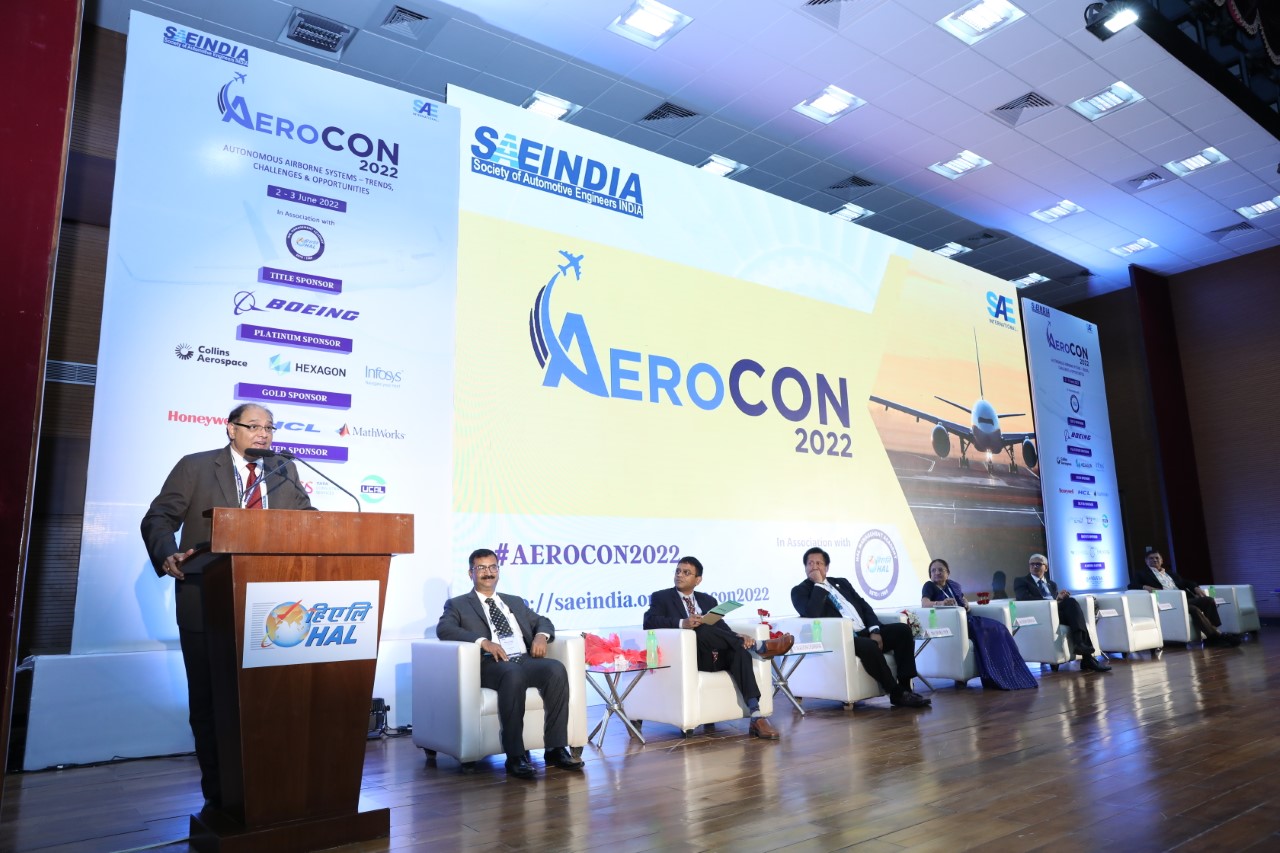Text: J Srikant
While India has been well acknowledged across the world for its excellent human resources in Information Technology, the same cannot be said about the skills available in the manufacturing sector. Blame it on the Indian education system, which squarely focuses on theory with practice given the least priority. The sector that is the worst affected because of this lack of manufacturing skills is the auto industry, specifically the auto components industry. Having understood the problem, industry took the initiative to address the issue by setting up the Automotive Skills Development Council (ASDC) 3 years ago.
After certifying nearly 130,000 students, ASDC is now planning to rope in the big colleges to expand its reach and relevance. “Right now there are three or four places where we have started working with,” said Sunil Chaturvedi, CEO, ASDC. ASDC is already in talks with a few educational institutes like NIT, Thapar University and MGR University in the south. “However, these are still initial stages,” he added. As of now, most of the partners are predominantly private training institutes
ASDC is the first sector council in the country. About 3 to 4 years back when the growth rate in the automotive sector was good, the skill gap got exposed further, reconfirming that the gap was becoming bigger by the day. When government of India started looking at skills in a holistic way, they felt that industry should take the lead, which led to the formation of ASDC. ASDC is promoted by Society of Indian Automobile Manufacturers (SIAM), Automotive Component Manufacturers Association (ACMA) and Federation of Automobile Distributors Association (FADA), and co-promoted by Department of Heavy industries.
ASDC today has nearly 190 standards in the auto sector which include standards in manufacturing, R&D, automotive sales, diagnostics & servicing, and peripherals. A standard defines the requirements for every job in the industry. In manufacturing alone there are about 85-90 standards out of 190. They cover several areas including mechatronics, electronics, machining , welding, process engineering, etc. Even in manufacturing ASDC has a different standard for assembly of components and for assembly of cars, and in R&D for components of OEMs. “We have made a lot of progress in the last three years wherein now we cover the entire value chain,” said Chaturvedi.
These standards were developed with deep involvement of the industry and have been practised for over two years during which 25 workshops were held across the country in 15 – 17 towns. Not just the metros but also smaller towns were visited so that people from all places could contribute. The information garnered from this exercise was then collated and the standards formed. One of the biggest advantages of having these standards is that through this ASDC has been able to simplify categories and classify different jobs in a way that there is a clear-cut progression from one level to the other. There is level 2, 3, 4, 5 and 6, the seniormost level being of a master technician. So now, if a company wants a machinist, it has to specify what level of skill is required.
Chaturvedi said that many a time the role of ASDC is misinterpreted and it is thought to be a training institute in itself. However, he wanted to clarify that ASDC is only a facilitator and an overseeing body which functions on affiliations model where training partners get accredited by ASDC and impart courses according to its set standards. “We have developed certain criteria and guidelines for selection of these training centres. We look at their background, what kind of facilities and trainers they have. And then we evaluate,” said Chaturvedi. However, he emphasised that the only prerequisite required for an institute is a passion for training and educating. “We don’t reject them outright but find gaps and suggest them to make changes. Once that is done, we accredit them.”
Assessment of students is also ASDC’s responsibility for which it has independent bodies attached that evaluate students as per the set standards. The assessment includes theory, practicals and viva, which makes it a comprehensive evaluation. The difference, ASDC claims, between their assessment and the orthodox way is that instead of a minimum score, employability of the student is ascertained, and only then is the certificate issued.
At present ASDC has 55 partners affiliated to it that have around 1,000 training centres. Additionally, there are over 30 partners who are NSDC partners that run another 700-800 centres. In total, ASDC has around 130 partners. “We want the number of training centres to reach 5,000 in the next few years,” Chaturvedi affirmed.
The standards are primarily categorised under five verticals namely ASDC Automotive Manufacturing, ASDC Automotive R&D, ASDC automotive sales, and ASDC Automotive Diagnostics and Services and Road transportation. The standards ensure that students have not only gained technical skills but also soft skills, which are what really makes them employable.
One of the main programmes that ASDC runs is on driver training. “There is a figure ascertaining that close to 12-15% of the CVs in India stayed in inventory because of lack of drivers. And this was during the depressed market.” Through these standards, ASDC is hoping to close the demand supply gap for drivers in the country in commercial, individual chauffeur, and taxi segments. Today, ASDC has 12 standards in driving training itself.
The two functions that were originally left untouched were HR and Finance because there was nothing particularly auto about them. Recently, after interacting with the industry people, ASDC realised that HR in auto is different from other sectors. Plants are generally high volume, hi-tech and unionisation is very typical of the auto industry. It has decided that it will have standards for HR as well, not only for HR people but also technical people because a lot of the HR happens on the shopfloor.
Technological evolution, be it in IT or manufacturing, has become an absolute certainty today. To keep abreast with the changes happening in auto technology and requirement from employees, ASDC is planning to set up committees for each vertical which will be responsible for gathering information from the market and suggest improvements either periodically or on an SOS basis. This will help in not just implementing the latest standards but also predict future trends which could still be on the drawing board. The committee will draw on senior personnel from ACMA members and OEMs.
ASDC is also looking at international collaboration to strengthen its standards and make them not just India-ready but globally competitive. As of now, ASDC is working on developing transnational standards along with Australia on the vehicle service side. “It will be a collaborative work where we will be mapping ASDC standards and those prevalent in Australia and come up with ideas on how to bridge the gap. By end of December or in January, we will have the mapping completed,” informs Chaturvedi.
The organisation is also seeking to facilitate collaboration between institutes of repute in other countries with training partners here. They already have a few proposals from Australia, Japan, Canada, Netherlands and Switzerland, who have shown interest.














Leave a Reply